What Does It Take To Be an Eagle Scout?
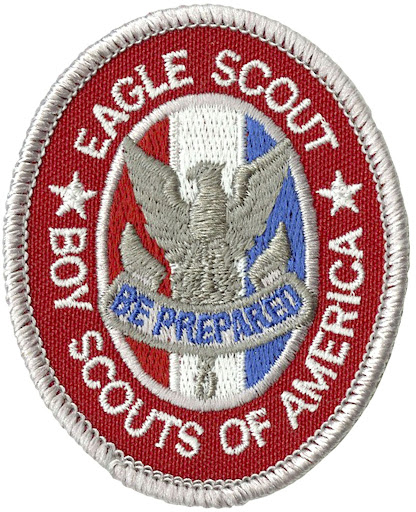
Photo Source: Scout Shop BSA
January 26, 2023
As a teenager in this day in age one may feel that the Boy Scouts of America has seen its day. Scouts today are still as passionate about the program and they have spent many years perfecting their abilities and becoming real-world leaders. However, the number of those willing to continue membership in the program is declining.
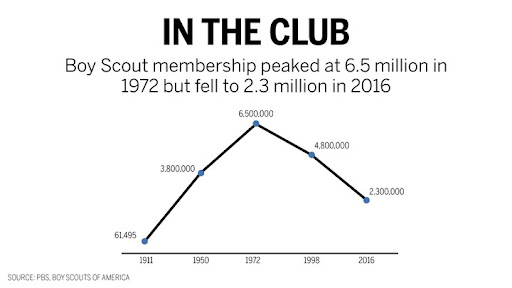
Despite the decline in total membership, some scouts go on to achieve greater service and leadership. These scouts undergo a long journey to eventually earn the prestigious rank of Eagle Scout.
Completing the Eagle Scout rank can be daunting as it must be completed before the scout’s 18th birthday and involves many complicated and challenging steps.
The following ten steps will outline what it takes to become an Eagle Scout in 2023.
Step One: Turn 11 years old or finish 5th grade
The first step on the path to earning the Eagle Scout rank is joining the scouts. This can be done upon turning 11, finishing 5th grade, or earning the Cub Scout Arrow of Light Award.

Step Two: Assimilate into a troop
Upon joining your troop, you will learn the basics of the patrol method, the scout oath and law, what ranks are and how to earn them, and your duty within your troop. At this time, you will have earned your first of seven ranks: Scout Rank.
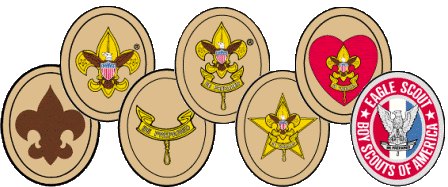
Step Three: Become a First-Class Scout
For the next three ranks of Scouting: Tenderfoot, Second Class, and First Class, a scout learns basic scouting and life skills. By the time they have earned first class, a scout has been a member of their troop for a minimum of three months, learned tool and fire safety, adopted the scout oath and law into their daily lives, and maybe taken a leadership role in their troop.
Becoming a First Class Scout includes three additional awards: the Firem’n Chit, the Totin Chip, and the Cyber Chip. These awards allow scouts to learn and use fire, sharp or dangerous tools, and the internet safely.
A First-Class scout exemplifies the qualities of a scout and is considered an aspiring leader. Typically a scout will reach this point at the age of 13.
The Order of the Arrow
Upon earning First Class rank and completing 15 nights of camping, a member of the BSA may be elected to join Scouting’s National Honor Society; The Order of the Arrow. The OA has a focus on cheerful service to others. There are additional opportunities for advancement and growth within the OA.

Step Four: Star Scout
After four months as a First Class Scout and earning six merit badges, four of which must be an eagle required merit badge, a scout is eligible to become a star scout if they have demonstrated exceptional leadership in the troop holding a troop leadership position.
Becoming a Star Scout also requires a renewal of the Cyber Chip, which includes a second version for students in grades 9-12.
While this rank seems simple to earn at first, earning the six merit badges can take many months to complete in itself. Most reach this point at the age of 14 or 15.
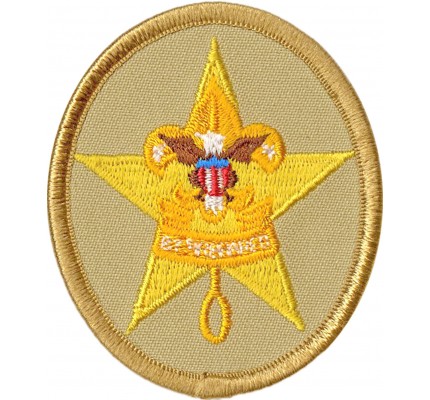
Step Five: Life Scout
After six months as a Star Scout and earning five merit badges in addition to the six for Star Scout, three of which must be an Eagle Scout required merit badge, a scout is eligible to become a Life Scout.
A star scout must also participate in a conservation project totaling 6 hours. This could involve removing invasive plants, doing trash clean-ups, or building animal habitats.
To demonstrate exceptional leadership in the troop, a Star Scout must hold a leadership position in the troop for a total of 6 months. They must also teach a younger scout topics from the first four ranks of scouting or an equivalent merit badge requirement.
Most will earn Life Rank around their 16th birthday. For most, this is the farthest that they will rank before turning 18 years old.
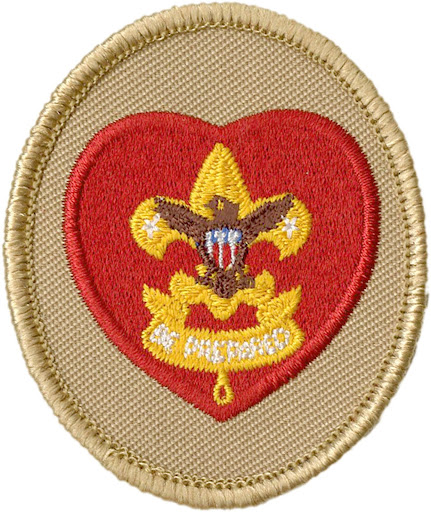
Step Five: The Eagle Project
The hardest part of becoming an Eagle Scout is objectively the Eagle Leadership Project. So, the natural progression of rank advancement is recommended to start the Eagle Project first before completing the remaining Eagle Requirements.
The project consists of three steps: the proposal, the project, and the reflection. These steps are worked on through an extensive workbook that is required to be filled out for the completion of the requirement.

The proposal includes information about how and what the project will include, estimated costs, materials required, and goals/purpose of the project. This step requires: the beneficiary’s signature, the unit leader’s signature, the unit committee’s signature, and Eagle Board approval after all of the previous steps have been achieved.
After obtaining approval, a scout is free to begin the project. This step includes obtaining feedback from the Eagle Board, unit, and beneficiary and revising the proposed plan. After materials have been obtained and approved, the work days may begin.
The working time can be any length. For example, my project took 80 hours to complete, but some projects may take hundreds of hours or even more.

After the project has been finished to the required degree, the unit leader and project beneficiary may sign off on the completion of the project.
Step Six: Finish merit badge requirements
There are 21 merit badges required to earn the Eagle Scout rank. This is ten additional merit badges than that required for the Life Scout Rank A scout will need to earn all of the following merit badges:
- Camping
- Citizenship in the Community
- Citizenship in the Nation
- Citizenship in the World
- Citizenship in Society
- Communications
- Cooking
- Family Life
- First Aid
- Environmental Science OR Sustainability
- Personal Fitness
- Personal Management
- Emergency Preparedness OR Lifesaving
- Cycling OR Hiking OR Swimming
- 7 elective merit badges
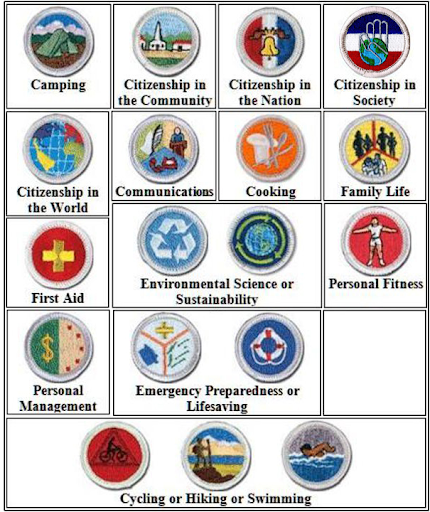
Step Seven: The Application
The last requirements for the Eagle Scout rank include: being active in your troop as a Life Scout for at least six months and holding a leadership position during that time.
Then, a scout can fill out the Eagle Scout application. The application is a two-page document that asks for every date that you earn specific awards and finished specific requirements. With the application, a scout should provide references and a “Life’s Purpose and Ambition Statement” This document can be turned in up to 24 months after one’s 18th birthday.
Step Eight: The Board of Review
The board of review is the final step to becoming an eagle scout. After the application has been reviewed and the provided references have been contacted a board of review is held.

A board of review is a panel of three or four district adult leaders that interview an Eagle Scout candidate. Questions may range from topics regarding the project to views on scouting, and life goals/purpose.
Upon completion of the board of review, a scout is now a fully-fledged Eagle Scout. The Eagle Court of Honor may be held and the rank may be awarded!

